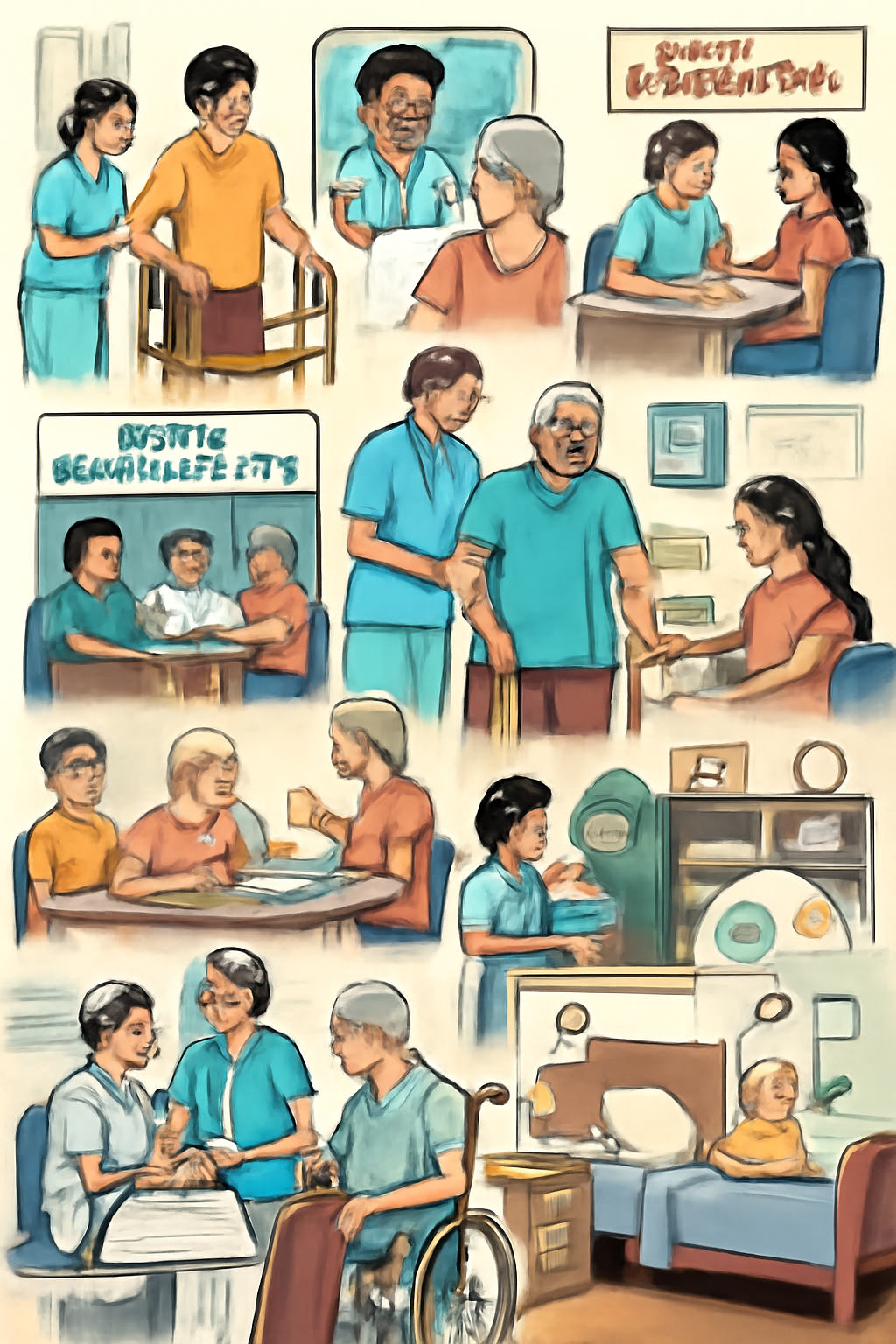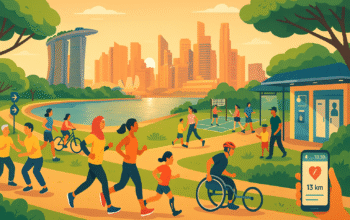For families in Singapore, choosing elder care can feel complex, but the system is structured to be navigable and fair. The overarching goal is to keep seniors safe, engaged, and as independent as possible, with choices that range from home care to residential options.
Start with needs assessment. Functional ability, cognition, mobility, and social support determine the level of care. Home-based services include personal care (bathing, feeding, toileting), home nursing (wound care, injections, tube management), allied health (physiotherapy, occupational therapy, speech therapy), and medical escort. Day care programs offer meals, activities, and nursing supervision; dementia day care layers in memory work, routine, and behavioral strategies. Residential nursing homes serve those with higher dependency, providing 24/7 nursing, rehabilitation, and palliative services. Transitional and community hospitals support recovery after acute episodes.
Quality is safeguarded by licensing and audits from the Ministry of Health, with the Agency for Integrated Care helping families compare services and understand subsidies. Providers collect and review indicators like fall rates, pressure injury incidence, vaccination uptake, and functional gains from therapy. Good providers also practice multidisciplinary case conferences and individualized care plans with clear goals.
Financing often blends public schemes and family resources. MediShield Life is the universal health insurance covering large hospital bills; MediSave enables withdrawals for approved longer-term care items; CareShield Life provides lifetime payouts upon severe disability to offset care expenses; and means-tested subsidies reduce fees for eligible Singapore Citizens and Permanent Residents. Additional schemes—including Silver Support and benefits for Pioneer and Merdeka cohorts—can further ease costs.
Technology and environment play a growing role in quality. Facilities increasingly use electronic records, medication dispensing systems, and telehealth. Fall-detection and wandering alerts enhance safety for those with dementia. Thoughtful design—contrasting colors, clear signage, handrails, and natural light—improves mobility and orientation. At home, simple modifications like grab bars, non-slip flooring, and raised toilet seats significantly reduce risk.
Caregiver support is an essential pillar. Look for providers that offer caregiver training on transfers, nutrition, and communication techniques; respite services for short breaks; and access to helplines or peer groups. These supports directly reduce stress and help sustain home care over the long term.
When selecting a provider, evaluate staff-to-resident ratios, qualifications, and turnover; language capabilities; infection control practices; rehabilitation pathways; and how providers measure and share outcomes. Observe mealtimes and activity sessions if possible—these reveal real culture and respect for resident autonomy. Ask about fall prevention protocols, emergency drills, and how they manage changes in condition.
Singapore is also piloting and expanding assisted living and community-based models that combine private spaces with onsite care, aiming to delay institutionalization and keep seniors connected to their neighborhoods. The system’s trajectory favors prevention, early intervention, and community integration—so that more seniors can age confidently where they live.




